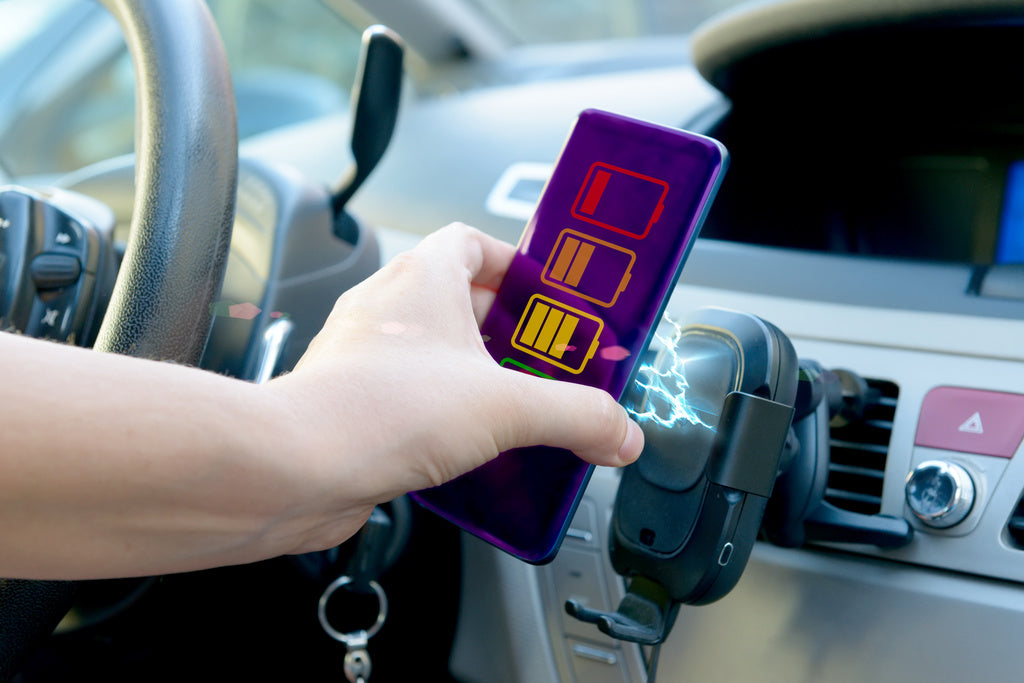
A lot has been said about the possible direction that wireless technologies might take with the advent of new devices and this isn’t restricted to smartphones and tablets alone.
If anything, a wider range of devices, appliances, and even vehicles could make use of wireless technologies in the future, especially in regards to wireless charging.
When we talk about wireless charging nowadays, we mainly refer to stand-alone charging padsthat you can install virtually anywhere around the house or office with barely any limitations. As convenient as they may be, these chargers aren’t thatgreat for long distance wireless charging or for charging power-hungry devices.
Although we are used to only paying attention to news regarding mobile wireless charging, the possibility that inductive charging will soon branch out to other segments of the market cannot be ignored.
Considering the major strides that wireless charging has made over these past few years, it wouldn’t be much of a stretch to see it improve way beyond its current scope at some point.
How it could be done
Similar to Qi charging, a long-range wireless charger for electric vehicles would also operate on the same basic principles, albeit with some small differences. For starters, the technology would require creating a connection between a transmitting pad on the ground and a receiving pad built into the bottom of the vehicle.
When operating at a high voltage capacity, the transmitting pad would (in theory) generate a 240-volt magnetic field that would deliver its inductive charge to the receiver.
As soon as the coil in the receiving pad is tuned to oscillate at a specific frequency, it will then generate a current in the receiving coil, thus charging the vehicle’s battery in a consistent fashion.
This type of technology is alreadyemployed by long distance wireless charging pads that people install in high-traffic charging spots (offices, cafes, restaurants), so overall, the hardware won’t really have to change its operating principles.
For obvious reasons, it is likely that these charging pads could at some point in the future be found not only in designated areas but also at your local gas/petrol station.
Needless to say, there is still a long way to go until that happens, but the principles that govern how the technology functions are pretty much identical whether we’re talking about a compact under-the-desk charging pad or a much larger implement.
Higher operational standards
Now, for something like this to work, the charging parameters have to be a whole lot higher than your average Qi charger. As of last year, engineers from several tech companies have started working on prototype long-range chargers that could reach more than 6.6 kilowatts per hour, which should be more than enough for your average vehicle.
Although this is all still in development for the time being, early tests have shown that even with today’s understanding of the technology, we can still reach upwards of 1.5 kW in optimal conditions. The hope here is that one day,your average long distance wireless charging pad could hopefully reach 10 kW or more from up to two or three meters away.
Given the current limitations, this isn’t something we could realistically expect from any wireless chargers anytime soon, but things are definitely looking well on that front.
For now, however, we should be glad that more and more devices integrate Qi wireless charging capabilities and that there are plenty of wireless chargers to accommodate them.






